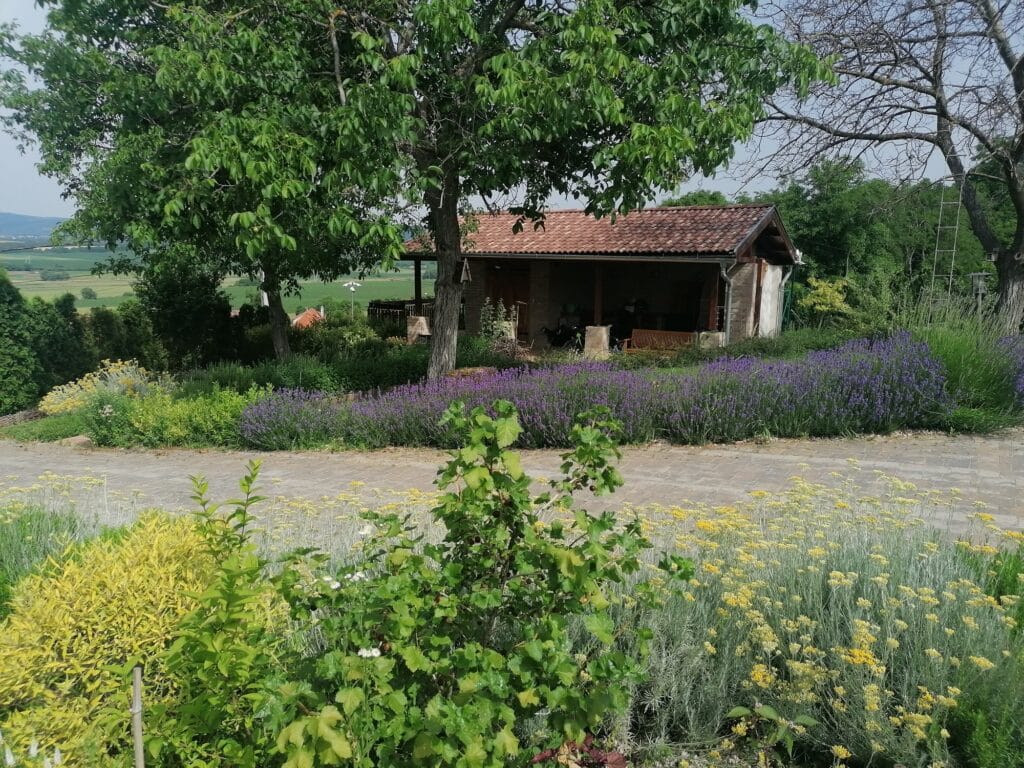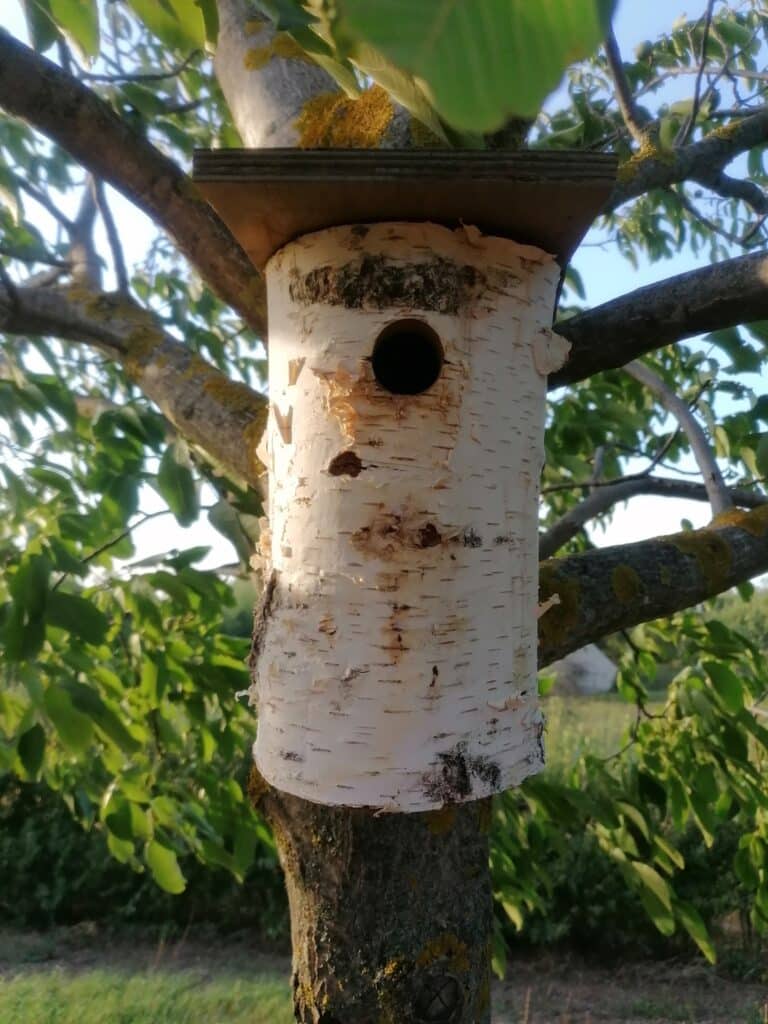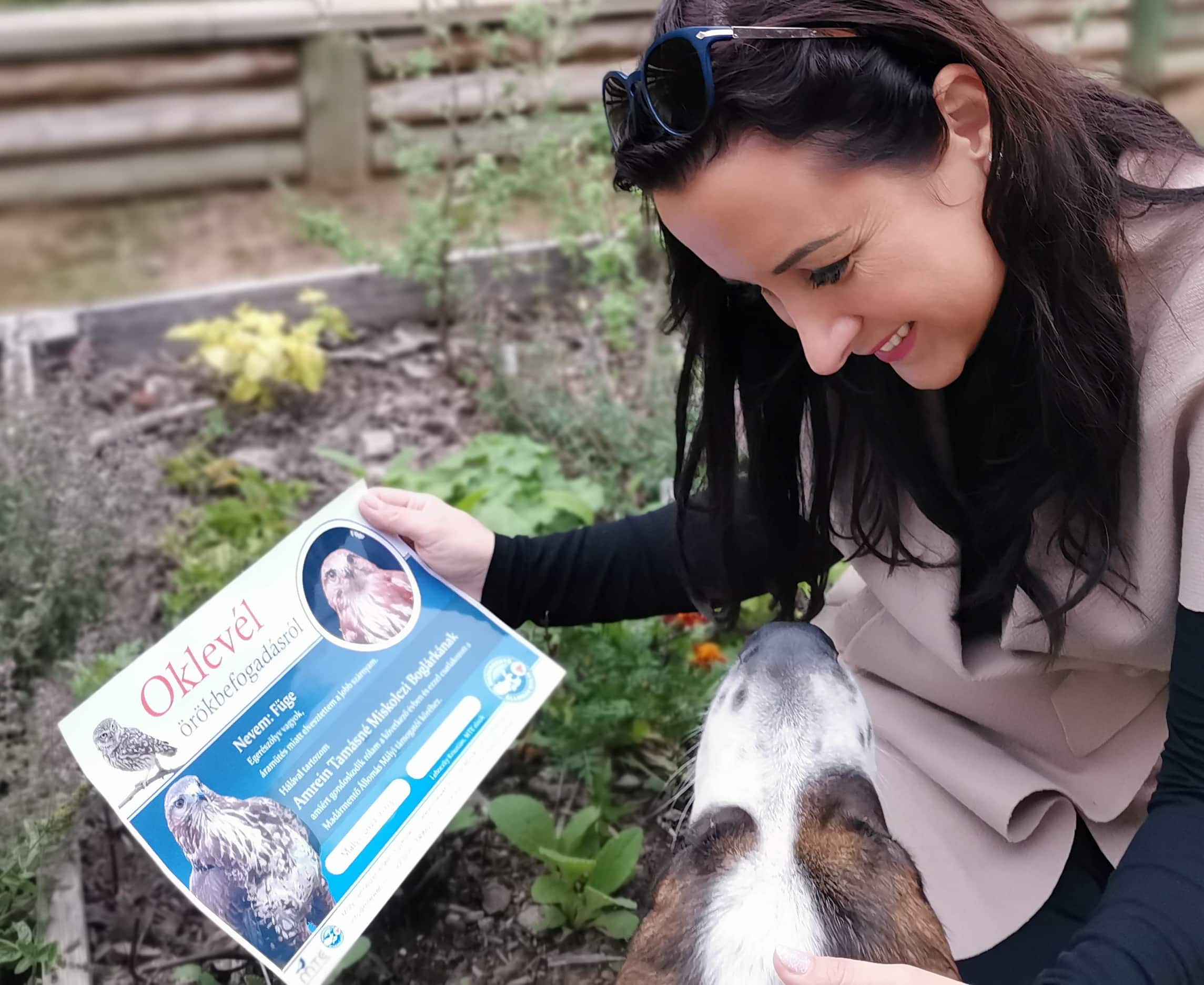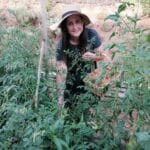Birds all over the world are threatened with habitat loss due to human expansion. The rise of intensive agriculture has had many negative consequences on wildlife. We are losing wildlife including birds at a rapid pace. Bird species are important for maintaining environmental balance, we could not exist without them.
I founded The Ecological Farm and Bird-Nest Box Station (BIRD-NBS) for saving our birds. Thanks to animal protection activities that are closely related to our farming work, we can observe the daily life of the nest box’s inhabitants up close. We started our activity nearly ten years ago, then as novice gardeners. We started building our farm on a vacant plot on the edge of the village, in a degraded area. While designing we wanted to make sure the environmental image of the farm should not be a plantation enclosed in traditional geometric shapes. We wanted it to be colorful and varied for all pollinating insects and birds.

An ecological farm and home to diverse pollinators.
A few years ago, we began working in a bird-friendly garden consisting of 7 burrows and 11 other animal protection devices, and today there are 48 burrows waiting for the birds, as well as dozens of feeders, drinkers and other devices for the animals. In addition, many natural habitats await the wild birds: tree holes – not only smaller mammals and lizards hide in them, but several small birds build their nests in them. The goshawk or the robin like to hide in the quiet hollows. From insects to gliders, there is something for every garden visitor. We put out natural material like animal hair, moss, organic cotton which birds can use for making nests. You can try it too! Collect twigs and branches and fallen leaves – it will make a homely shelter for hedgehogs. We can make a frog or lizard castle out of stones and bricks, a wasp garage using a drill and a log, and insect hotels using plant stems, bamboos, fruit, bricks and any other natural materials. I was sceptical at first, but even ladybug and butterfly houses fulfill their tasks. We have to pay attention to choosing strong, weather-resistant designs.

A little home on a tree.
In a chemical-free production system, hiding tubes placed on trees serve as hiding places for ladybirds, veiltails and earwigs. Thanks to their presence, not many parasites remain in the area. We also have bat houses and squirrel dens – sometimes I can’t even list how many animals we live with! We provide, protect and respect them.
In a bird-friendly system, a basic but important rule is to avoid disturbance – especially during the period of nesting and fledging. We can avoid most of these effects by adopting habits that respect nature, and we must do so. All our activities related to bird protection, such as feeding, infrastructure maintenance and protection measures, must be carried out with greatest possible care. The eternal rule of a bird-friendly farmer is “only if you have to”. No matter how exciting it is to monitor the life of the chicks day by day, no matter how much the inner world of the burrows attract our curiosity, if it is not justified, we do not do it!

Wonder what is inside the bird nest box?
In our daily lives, we pay attention to many things that are not typical of other farmers. The same goes for preventing birds from crashing into windows. It is not yet fashionable in Hungary, even though it is an important bird protection task. Recognizing the seriousness of the problem, we started looking for possible solutions – this is how we found Feather Friendly window markers recommended by Flap Canada, Audubon and the American Bird Conservancy (https://www.featherfriendly.com/). These marking strips, which can be easily attached by anyone, make our glass surfaces visible to birds. With their help, fatal collisions can be avoided and all buildings can be made safe for birds.
It is very difficult to write about my life in short, because it is so rich that even a life of the same size would not be enough to tell. Thanks to the birds living around us, I fell into a completely new world, which brought a lot of happy moments and a successful ecological farm into my life. My children are passionate about nature, they enjoy observing birds and insects, and everything happening around us. We have already rescued a turtle, hedgehog, bird and deer, and so much more. I am often asked what the results are? I hold out my hand: just look around! The biggest result is an extremely diverse, healthy, life-rich environment! Need more? I think not!

Happiest in nature!
This is our life, we get up with it, we go to bed with it, and I couldn’t imagine it any other way!


